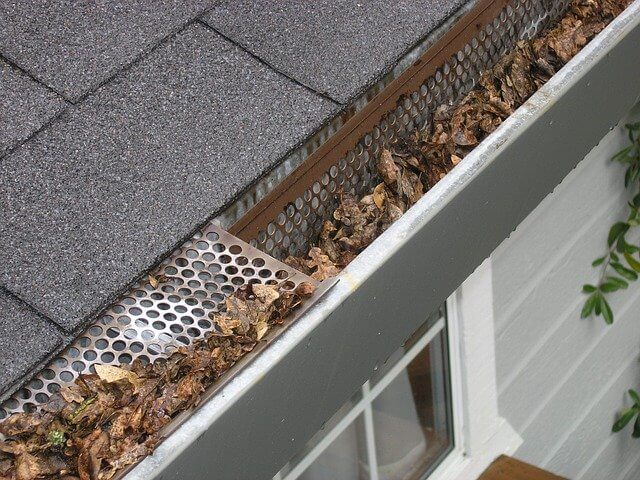
Most houses experience damp at one time or another. It means there’s unwanted moisture inside or outside, in the walls, ceilings or floors. Some of the telltale signs include mould or mildew on walls, floors or ceilings.
Identifying the source of damp is a step closer to getting the problem fixed. There are several types of damp to consider; these include…
When water from outside penetrates the building substrate it can cause a number of issues including structural damage. Older types of properties can be prone to this type of damp which is caused by faults such as blocked gutters and failed render on the building’s exterior.
This can be caused by…
Gutters that are too small, blocked and overflowing and broken downpipes will be the cause of excess water on the outside walls of a building. The continuous stream of water running down the walls is a cause of penetrating damp.
Leaks from faulty or inadequate pipes are a major cause of damp within a property. Even the smallest of leaks can eventually lead to penetrating damp and wet rot.
Building faults which allow rain and water to enter the building’s substrate are one of the most common causes of penetrating damp.
How to identify penetrating damp
You’ll probably notice condensation in bathrooms and kitchens. It happens when warm air comes into contact with cold surfaces, depositing moisture. It is mostly caused by cooking, washing, showering and drying clothes and can be remedied by something as simple as opening a window. It can also be caused by poorly heated homes and poor ventilation.
This happens when natural ground water around a property rises up through brickwork and up the wall. This is usually stopped from happening by a damp proof course (DPC).
The best cure for any problem is prevention but there are times when you’ve taken your eye off the ball and suddenly you spot that your gutters are blocked. One indication of this is water gushing down the side of the house. You may also start to notice other signs such as animals such as squirrels close by, or maybe birds roosting there. Autumn leaves of course are a major culprit, but you could have a wasp nest or another kind of insect nest causing the blockage. Whatever the cause, it is time to take action and get your gutters professionally cleaned out.
This is actually as simple as getting your gutters checked and cleaned regularly – at least twice a year, maybe more if you live in an area with lots of deciduous trees. That way, problems will be spotted before any real damage occurs.
If you’d like to find out more about how you can maintain your gutters don’t hesitate to get in touch and book our gutter cleaning service today.
